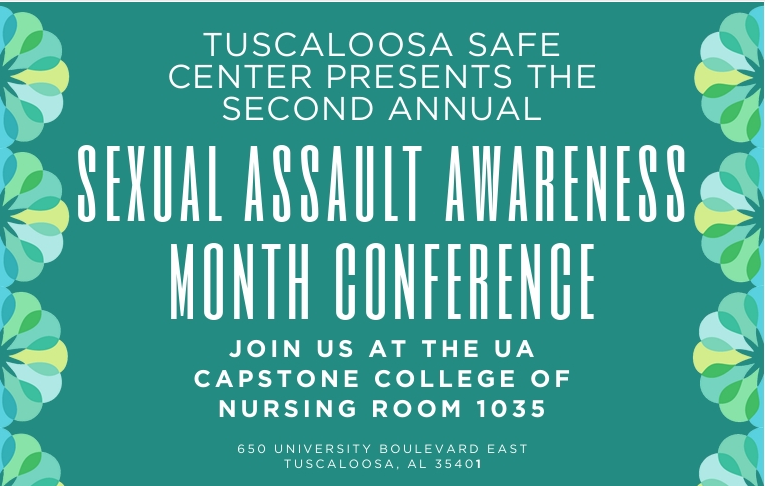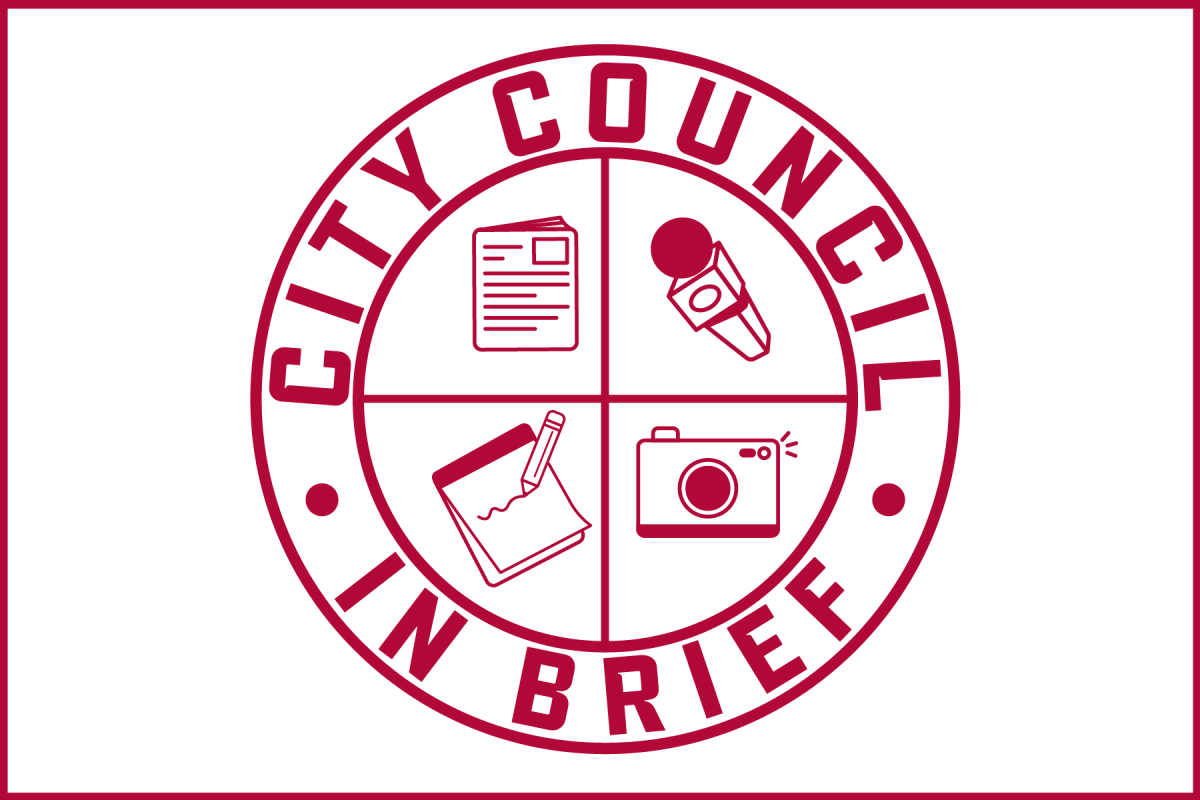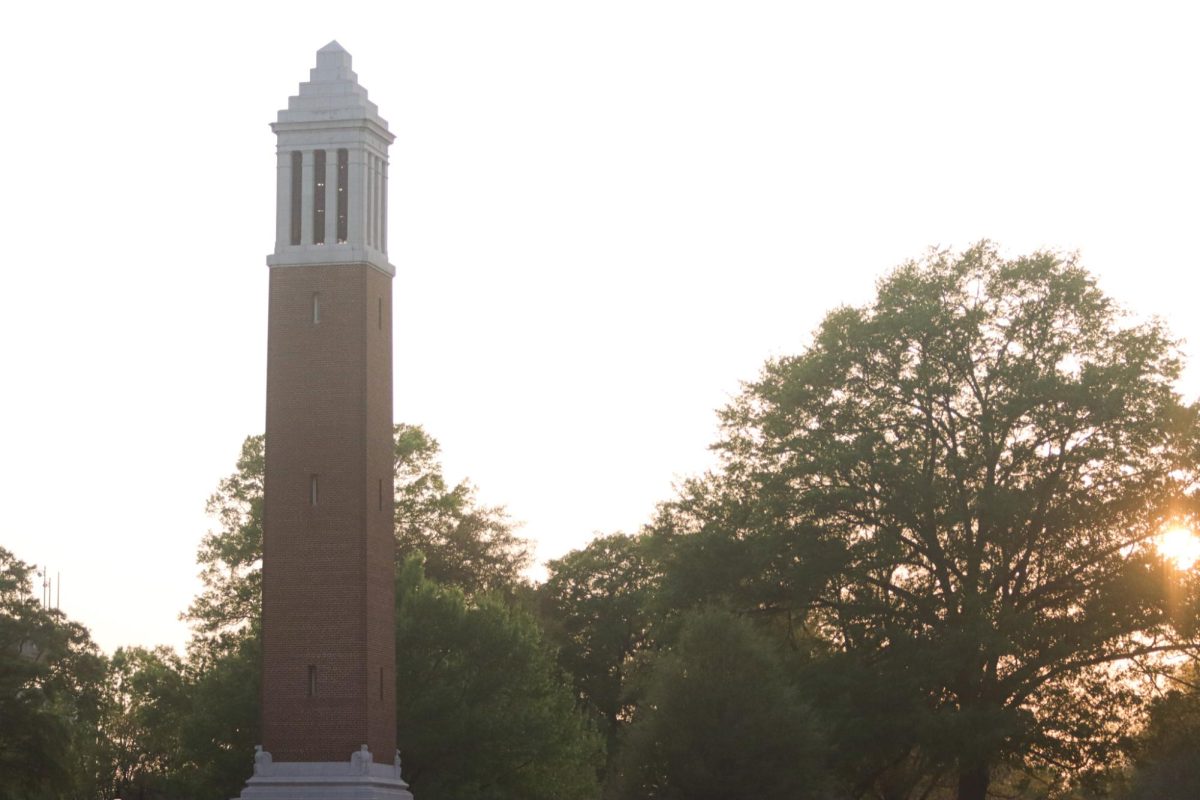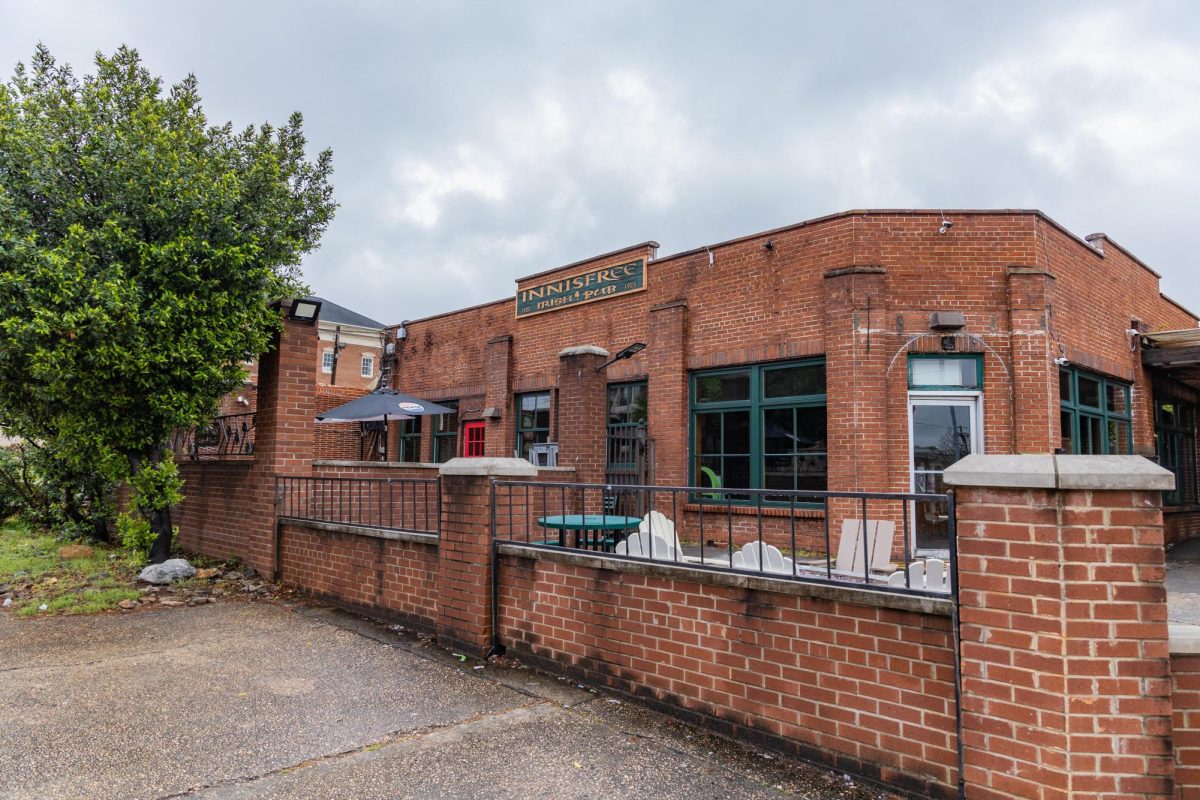When Dr. Jeff Parker was added to an email list for the Holt Community Partnership three years ago, he figured it was just purely by accident. Now, he realizes it was destined to happen.
The mission of the nonprofit organization to provoke a positive identity of the Holt community struck Parker, an associate professor of psychology at the University of Alabama. He decided to attend one of the community forums and was impressed by the active leaders who were personally invested in revitalizing the image of the town.
Ever since, Holt has had Parker’s heart.
After the storms of last April, Parker, who worked as a search and rescue volunteer in Holt, noticed that many teenagers in the community were serving the recovery needs of their community. However, a week later, they no longer had a role in the recovery efforts.
“There was no place for the teenagers in the community discussions after the tornado,” he said. “There were no teen perspectives being represented. I found this completely ironic. These teenagers who were being ignored were soon going to be the adults within the community.”
Parker teaches a psychology seminar class at UA which fosters positive youth development and focuses on the young adults of Holt. After these post-disaster observations, he realized his class had the opportunity to give the youth a voice in the process of recovery.
“There’s this traditional equation that says that teenagers today are cantankerous — that they wear the wrong clothes, hang out in the wrong places,” Parker said. “Many adults see them as lost souls or potential delinquents. But I don’t agree with that. I am trying to turn that equation on its head.”
“The great advantage of teenagers and college students is that they are so tremendously idealistic,” said Lisa Dorr, an associate professor of history at UA. “They believe that problems can be solved if enough people hear about those problems and work together.
“It is a terrible cliché, but they represent the future. Acknowledging that teens have a stake in their communities, listening to their points of view and giving them a way to be involved can help guarantee that they stay engaged and active in their communities all their lives.
Parker’s past classes have hosted a basketball tournament and transformed a wall into a community landmark in Holt. However, this year’s class of 23 students focused on turning the ideas of students from Holt High School and Davis Emerson Middle School into feasible realities.
Working directly with them every step of the way, the class of UA undergraduates empowered the teenagers to organize, research, fund, create and publicize an event that served as a showcase and culmination of their own ideas. They equipped the young citizens with the knowledge, skills and meaning to accomplish each step of the process.
From April 18 to 20, students from Holt area schools attended the event, titled Winds of Change, in the auditorium of Holt High School and actively participated in surveys, interactive exhibits and youth-led discussions.
Winds of Change encompassed seven divisions of student visions for their community, including student jobs, businesses, a look at the history and future of the community, proposals to become an official part of Tuscaloosa, parks and recreation, art and public transportation.
“The depth of ideas, plans and strong opinions was very surprising coming from a group of high schoolers,” said Raegan Harris, a senior in Parker’s PY491 class. “The students seemed to know we were there to express their ideas, and they jumped right in. It is always rewarding to see youth who are willing to be so active in their community.”
On April 19, the youth-oriented event transitioned into a community open house, which was attended by school, community and civic leaders.
Although his class worked diligently on the event, Parker maintains his belief that they only served as a tool to develop the natural abilities of the teenage students.
“The problem is that we don’t have communities that will give teenagers a meaningful role in civic duty and volunteerism,” he said. “My idea is that if you build it, they will come. And if you give them the potential to be solutions to problems, they will be the solution.”








